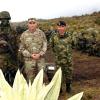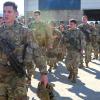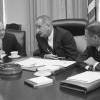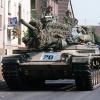The U.S. Army has launched an Innovative Leaders Course. Due to increased complexity and uncertainty in the contemporary operational environment, this academic course has the potential to bring about combat readiness.
The aim of the year-old course is to build combat readiness by:
- First, seeking an understanding of a system and pattern recognition by using methods and approaches to problems such as Systems Thinking v2.0.
- Second, by using tools and techniques to equip the mind.
- Third, the course itself serves as the metaphorical grease to teach leaders how to reduce friction and open the curtain to...

















